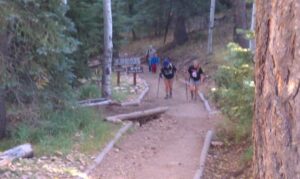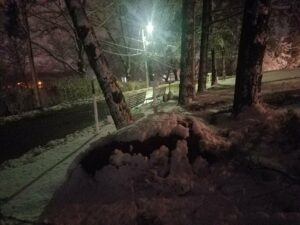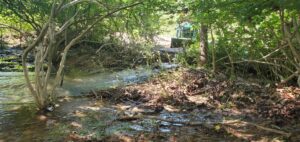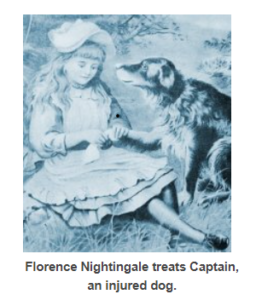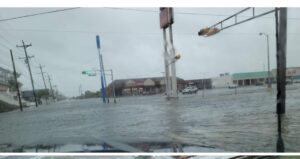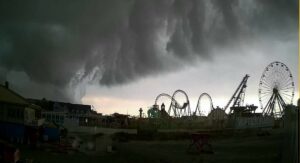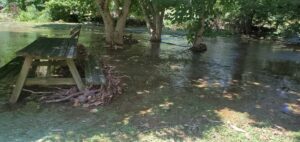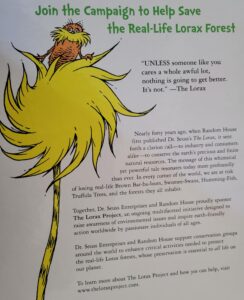🏭“We have become great because of the lavish use of our resources. But the time has come to inquire seriously what will happen when our forests are gone, when the coal, the iron, the oil, and the gas are exhausted, when the soils have still further impoverished and washed into the streams, polluting the rivers, denuding the fields and obstructing navigation.” – Theodore Roosevelt
🏕️I’ve always held a deep appreciation for the natural world. From explorations in the woods on horseback and camping, to quiet moments spent birdwatching, nature has been a constant source of wonder and solace. This appreciation naturally translates into a deep concern for the environment and the looming threat of climate change.
Locally in the Delaware Valley, we have just weathered a two-week stretch that seemed ripped from an apocalyptic movie trailer – the kind I worried about as a new mom in the 90s watching films predicting environmental upheaval, e.g., Discovery Channel Global Warming, What You Need To Know, with Tom Brokaw. The relentless rain, thunder, flooding, and earthquake brought a harsh reminder of the potential consequences we face if we don’t take action.
In “Notes on Nursing,” Florence Nightingale instructed her fellow nurses, “It is often thought that medicine is the curative process. It is no such thing; medicine is the surgery of functions, as surgery proper is that of limbs and organs. Neither can do anything but remove obstructions; neither can cure; nature alone cures.”
As a nurse, I’m keenly aware of the intricate connection between the health of our environment and the well-being of our communities. However, even amidst the chaos, there’s a flicker of hope. Nurses have an ethical obligation to advocate for environmental health, as it directly translates to public health. Organizations like the The Alliance of Nurses for Healthy Environments (AHNE) [https://envirn.org/] champion this cause, reminding us of our responsibility towards the planet.
Documentaries like “Climate Change Impacts All of Us, But There’s Hope | National Geographic” offer a powerful message: we can still turn the tide. As Carl Sagan so eloquently stated, “Preserve and cherish the pale blue dot, it’s the only home we’ve ever known.”
These recent events serve as a powerful call to action. Just as storms strengthen a tree’s roots, let’s use this as an opportunity to solidify our commitment to protecting the environment. After all, as Aristotle reminds us, “In all things of nature there is something of the marvelous.” Let’s ensure those marvels continue to thrive for generations to come.
Let’s start planning now to use Earth Day, April 22, as a springboard to build a more sustainable future!
Here are some ways you can participate:
- Organize a community clean-up: Gather your neighbors and friends to remove litter from parks, trails, or local waterways.
- Plant a tree: Trees provide numerous environmental benefits, and planting one is a tangible way to make a difference.
- Educate yourself and others: Learn more about climate change and its impact on public health. Share what you learn with friends, family, and colleagues.
- Support environmentally conscious organizations: Donate your time or resources to groups working to protect the environment.
Every action, big or small, contributes to a healthier planet for ourselves and future generations.
“UNLESS someone like you cares a whole awful lot, nothing is going to get better. It’s not.” -Dr. Suess

